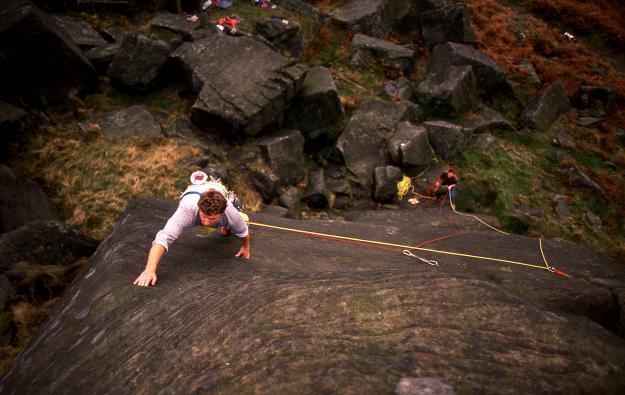
New Download: UIAA Warning About Climbing Anchor Failures
The UIAA Safety Commission has produced an extensive document charting the factors behind the recent incidents of unexpected climbing anchor failures, notably those under low loads and sometimes after only some months/years in place.
The effects of Stress Corrosion Cracking (SCC)
Stress corrosion cracking (SCC) has been confirmed as the cause of a number of recent climbing anchor (bolt) failures and is further suspected in many more incidents. Such SCC induced failures may occur within a few months or years of installation, under loads as low as body weight, in stainless steel anchors—even 316 grade steel.
Evaluating the risk due to SCC is difficult for individual climbers because SCC degradation is often not visible. Nor is SCC easy to predict as it depends on a complicated set of factors, especially: high acidity & temperature, low humidity, and unwashed, magnesium rich rock. Small differences in microclimate can lead to SCC degradation for some bolts, while other bolts on the same climb are unaffected. SCC is associated with seaside climbing but can also occur in inland areas where corrosive elements are present, either naturally occurring in the rock itself or deposited inland by sea breezes.
In response to the challenges presented by SCC degradation of climbing anchors, this document outlines management strategies for individual climbers, bolters, climbing organizations, manufacturers and the International Climbing and Mountaineering Federation (UIAA).
